Inclination sensors detect angular tilt in reference to gravity, and can be used on equipment ranging from cranes to hospital beds to conveyors. These sensors supply an electronic way to detect angle.

Some inclination sensors use MEMS (micro-electro-mechanical system) technology, which uses two parallel plate electrodes.
Depending on the manufacturer, inclination sensors may be mounted anywhere from ±10 to ±90 degree angles to detect the angle of tilt for leveling platforms, controlling tilt angle, or controlling a dancer. Some inclination sensors use micro-electro-mechanical system (MEMS) technology that incorporates a MEMS capacitive element. The technology uses two parallel plate electrodes, one stationary and one attached to a spring-mass system. Movement causes acceleration that produces deflection in the non-stationary electrode, which results in a measurable change in the capacitance between the two plates that is proportional to the angle of deflection. These signals are conditioned to provide two analog outputs (0.1 to 4.9 Vdc) or two current outputs (4 to 20 mA).
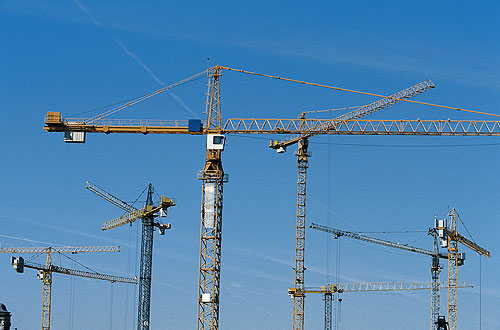
Inclination sensors are used to detect angular tilt on equipment such as cranes.
Programming an inclination sensor largely depends on the model and manufacturer. The zero point, or level reference, of the inclinometer may be reset to the unique grade of an application.
Depending on the model, it may be adjustable up to ±15 degrees from the factory setting of absolute horizon level. With this feature you can shift the sensing window to accommodate slightly non-level rest positions of equipment, such as the difference between an empty and loaded dump truck. Some inclination sensors can be programmed through a teaching pendant, which makes configuration a simple, single push-button task.
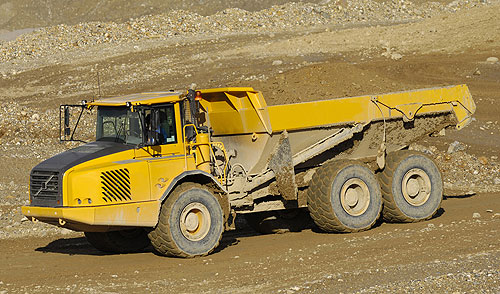
An inclination sensor may be programmed in a way that shifts the sensing window to accommodate non-level equipment positions, such as the difference between an empty and loaded dump truck.
Inclination sensors have many uses in multiple industries, such as vertical and horizontal drills used in tunnel and road construction, as well as on solar panels, satellite dishes and loading dock platforms. They are commonly used to detect the fork position on forklifts and garbage trucks in order to monitor the position of the fork when lifting equipment or transferring waste from a dumpster into the truck. Inclination sensors are also used for level indication on bucket trucks and fire trucks to determine the position of a boom extension or the truck position before the boom extension.
TURCK
www.turck.com
::Design World::
Filed Under: SENSORS, TEST & MEASUREMENT

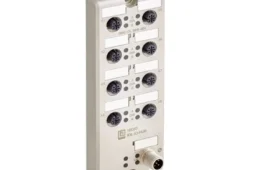
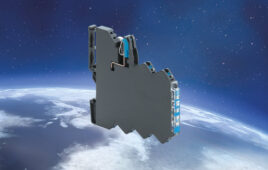
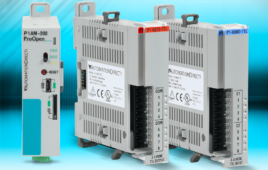
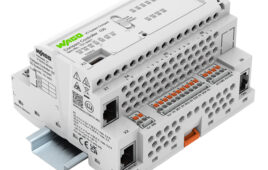
Tell Us What You Think!